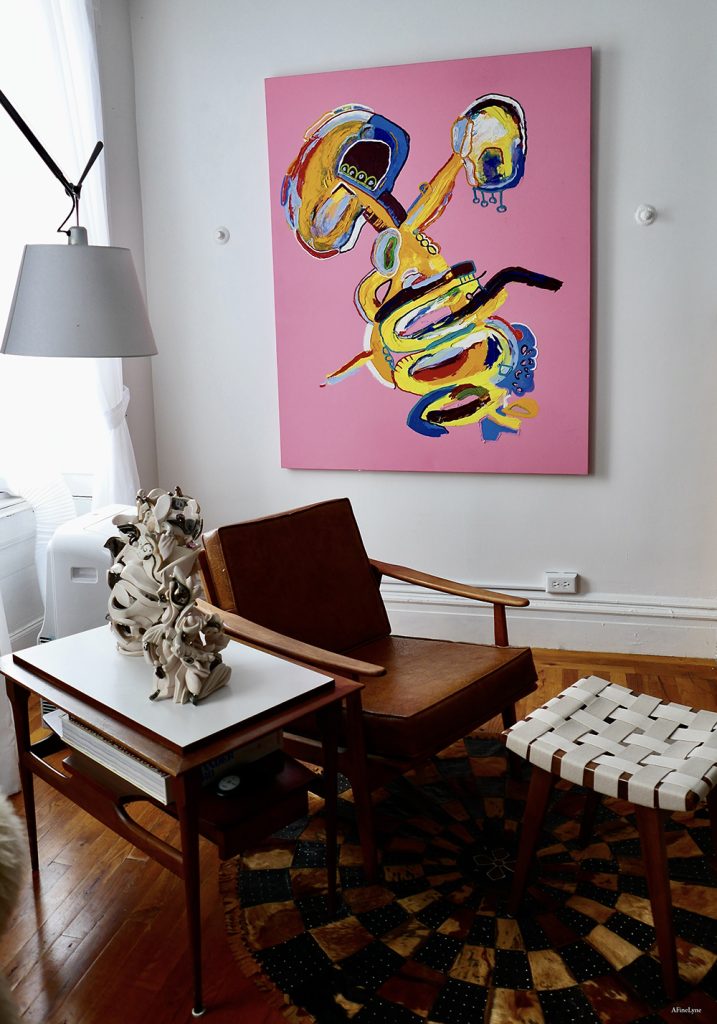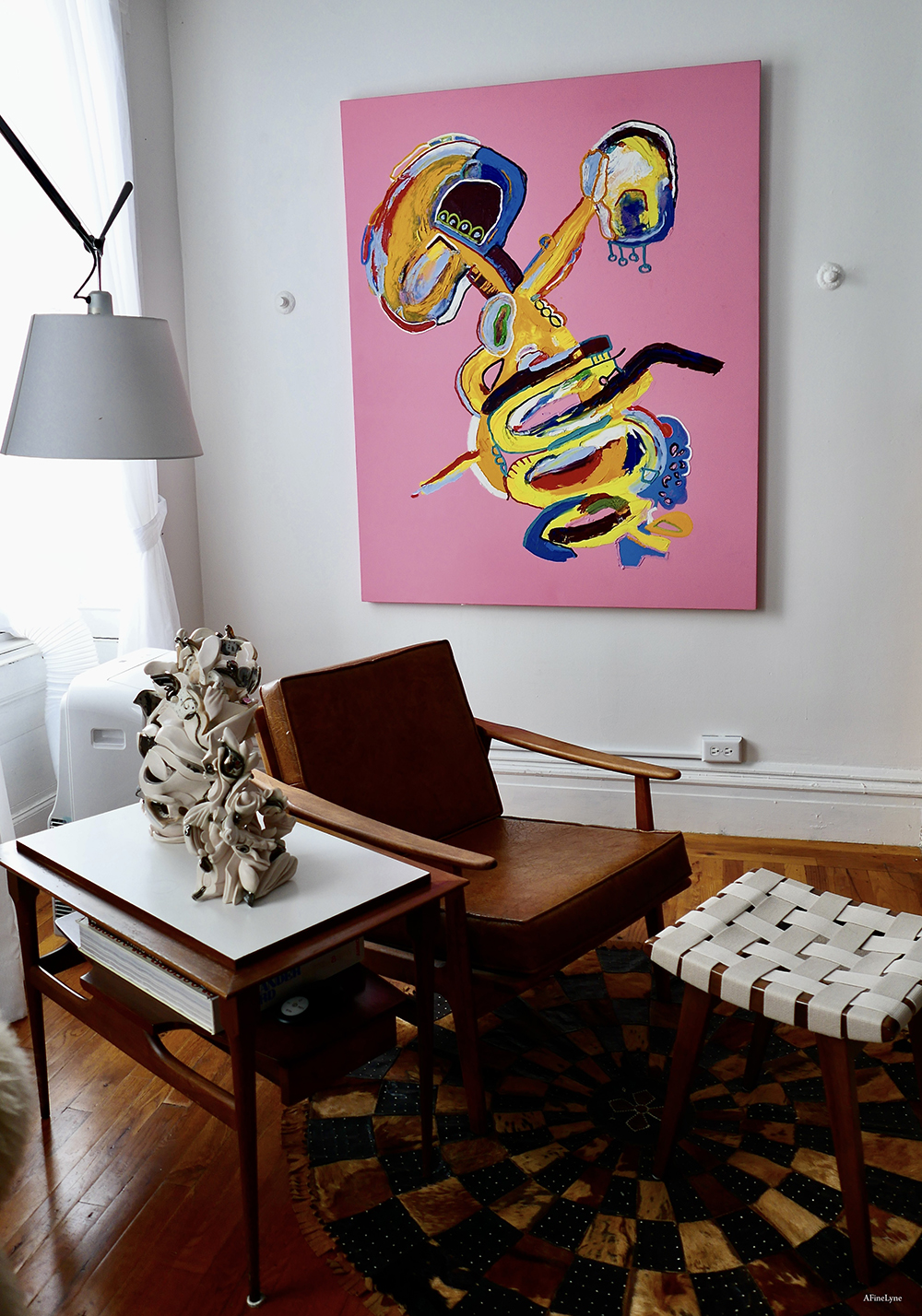
Over 75 Artists Showcase Installations Along Manhattan’s 14th Street

### Art in Odd Places (AiOP) 2024: A Celebration of Care and Empathy Along 14th Street, Manhattan
In the bustling heart of New York City, where towering skyscrapers and perpetual flux define the landscape, **Art in Odd Places** (AiOP) returns to Manhattan’s 14th Street for its 19th annual festival. Running from October 18 through 20, 2024, AiOP is a testament to the power of public art to inspire empathy and provoke thought, even in the most unexpected places.
#### What is Art in Odd Places?
Founded and spearheaded by artist **Ed Woodham**, AiOP is a public arts festival that stretches almost entirely across 14th Street, Manhattan — from Avenue A to the Hudson River. The festival stands apart from conventional art exhibitions, as it inhabits the streets, bars, parks, and alleys, allowing various artistic interventions to naturally blend into the public sphere. The festival’s mission is simple yet profound: to mindfully integrate both visual and performing arts into everyday spaces, allowing strangers, residents, and passersby to encounter art in the most serendipitous of ways.
For this year’s iteration, aptly themed *“Care,”* AiOP brings together more than **75 artists and collectives**, co-curated by artists **Christopher Kaczmarek** and **Patricia Miranda**. Both have participated in AiOP in previous years, and now, as co-curators, they aim to infuse this year’s festival with projects that explore the multifaceted nature of care — for oneself, others, and the world.
#### Care in Complex Times
As everyday life becomes increasingly complicated by social, economic, and environmental challenges, the festival’s theme of *care* feels more relevant than ever. “The arts envision the futures that are possible,” Kaczmarek told *Hyperallergic* ahead of the festival’s launch. “The need to articulate those complexities in a way that is open and inviting to nuance and conversation is greater right now more than ever.”
Indeed, conversations around care — often construed in the abstract or through institutional lenses — become tangible through AiOP’s public art. The festival aims to push beyond traditional gallery walls, taking art directly to the community, where these critical conversations can emerge organically between the artwork and its audience.
#### An Immersive Experience for All
From the opening stretch of the festival between Avenue A and 3rd Avenue, attendees and curious pedestrians are welcomed into thought-provoking installations and performances. Among these, **Lisa Hein’s** installation, *QUENCH,* takes the form of a rickety, hand-pump fountain that spurts water onto a carved-stone Bible verse, *“Ho, everyone that thirsteth…”* staged right outside the Immaculate Conception Church. Hein draws attention to the tension between water abundance and scarcity, reflecting on her experience living in California compared to the water-rich East Coast. Her installation serves as a commentary on resource disparity, while its seemingly fragile construction reminds us of the urgency many communities face concerning access to such basic necessities.
Another noteworthy piece comes from **Theda Sandiford**, whose *“Emotional Baggage Cart Parade”* invites the public to engage with brightly decorated shopping carts, asking participants to metaphorically unload their emotional baggage. Sandiford’s installation is both playful and therapeutic, illustrating care in its most personal form — by asking participants to reflect and release the burdens that weigh them down.
“We had teenagers talking openly about school, bullying, and family issues,” Sandiford shared, emphasizing how the work created safe, spontaneous exchanges. Her observation was simple but impactful: “People want to talk and release their baggage.”
#### Connecting Through Grief and Ritual
Further along 14th Street, beside the 14th Street Y, **Maria Seddio**, **Pia Tempestini**, and their collaborative **WasherWoman Collective** give passersby the chance to participate in something truly intimate. In their installation, *“Wash!,”* participants are invited to write their stories of grief and loss on linen cloths using washable markers. These linens will later be washed together — symbolizing the communal aspect of grief — and the ink will bleed into one another, physically and metaphorically weaving each participant’s experience into a collective whole. The process of *washing* becomes a healing act, as each individual story melds into an overlapping, collective expression of shared human experiences.
#### Unsent Letters and Emotional Bonds
The festival is also dotted with small but emotionally charged installations such as **Sofia Kavlin Kelly’s** *Unsent Letter Mailbox*, which invites New Yorkers to draft and “send” unsent letters that are often scalding, emotional, or mournful. This simple installation evokes empathy by spotlighting the letters we’ve all, at some point, wished to send but never did — the arguments, the conf